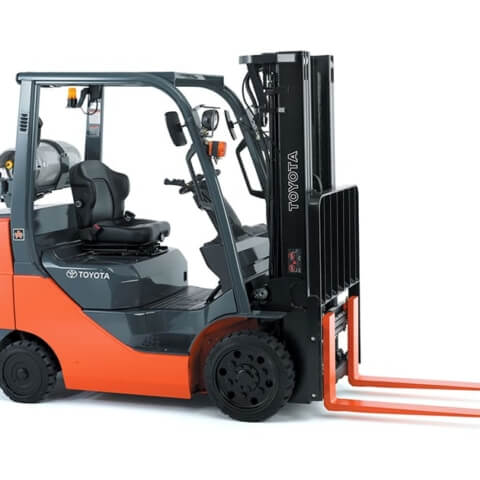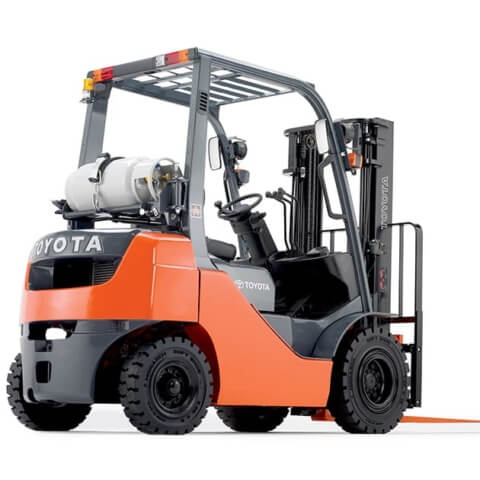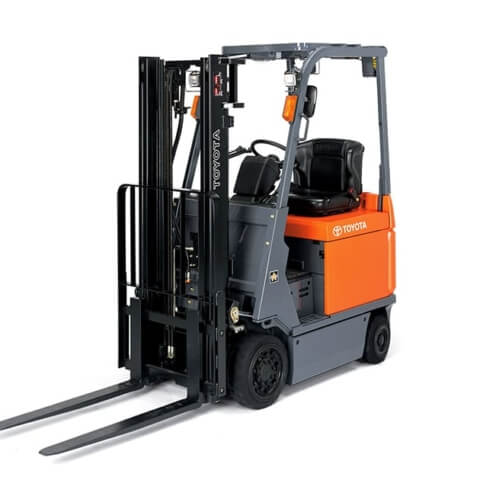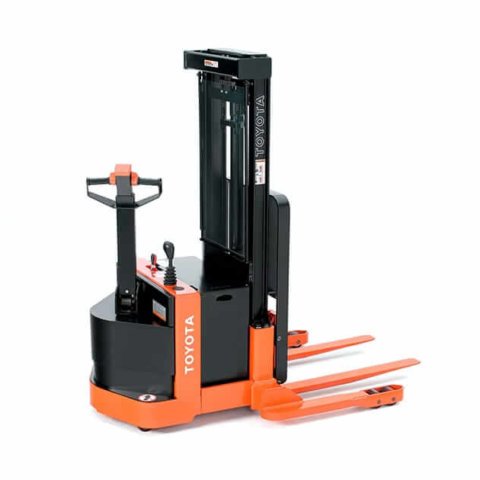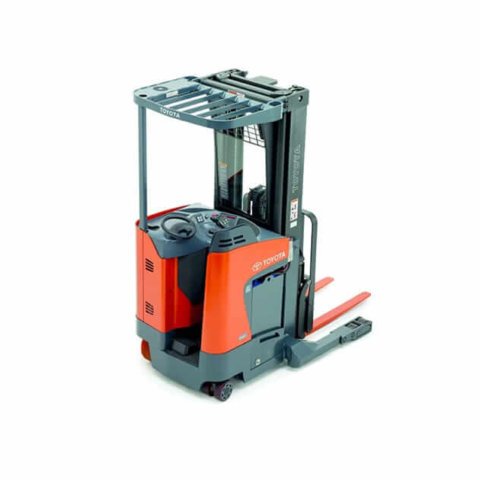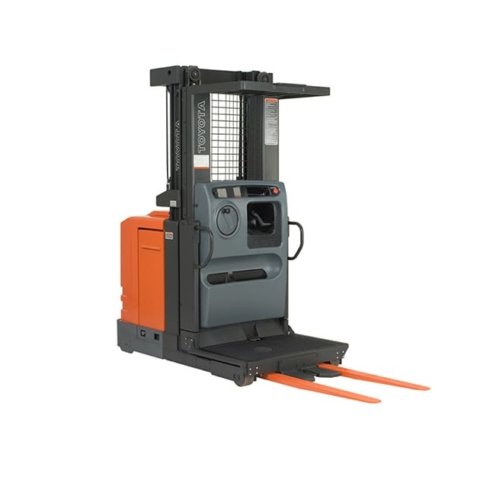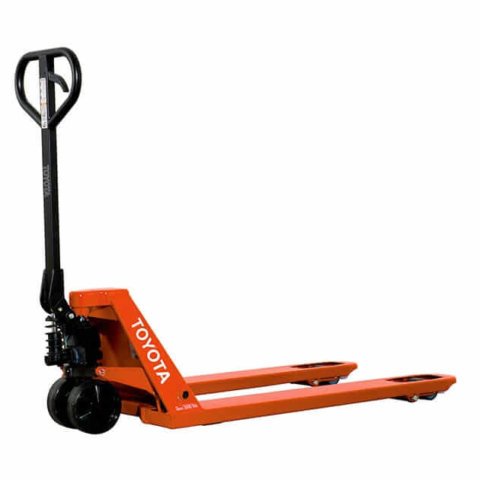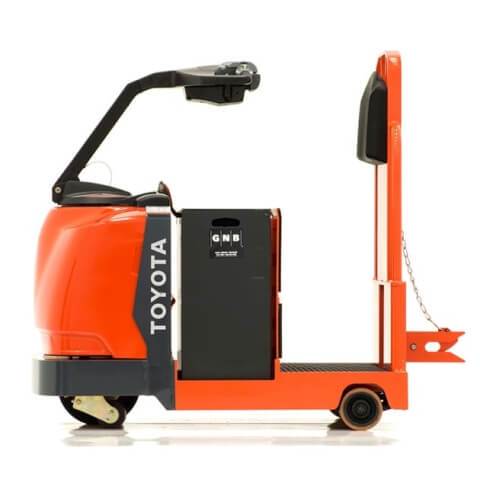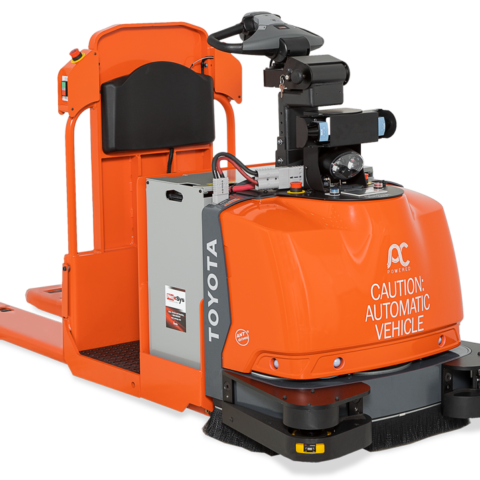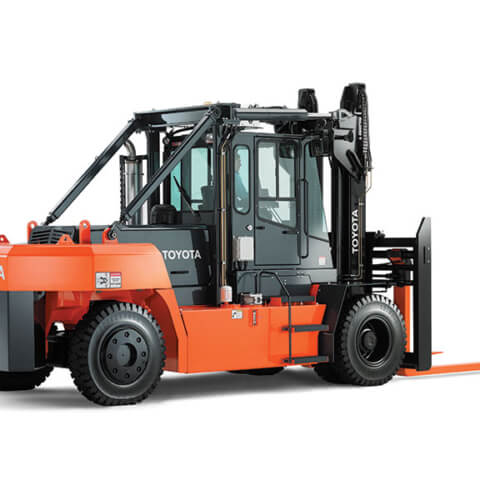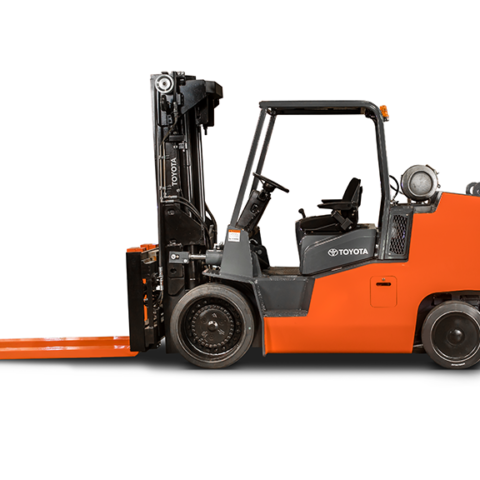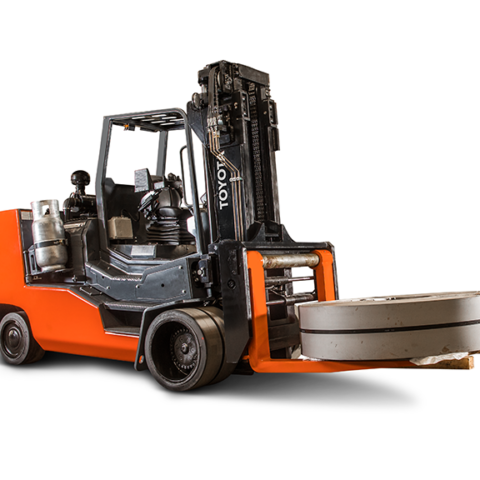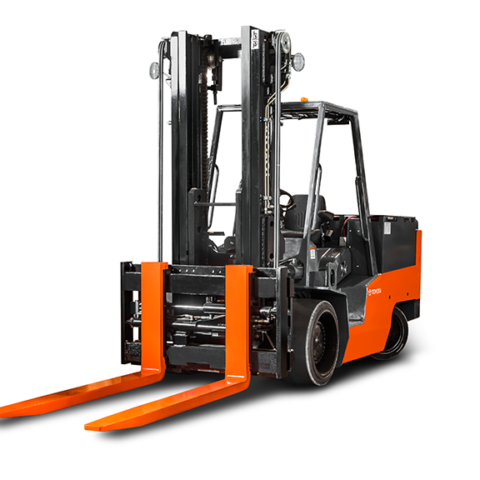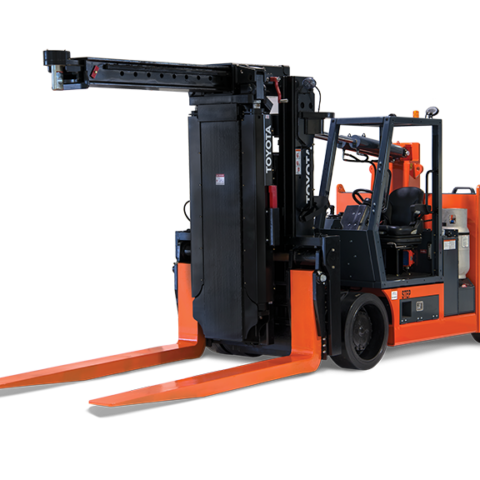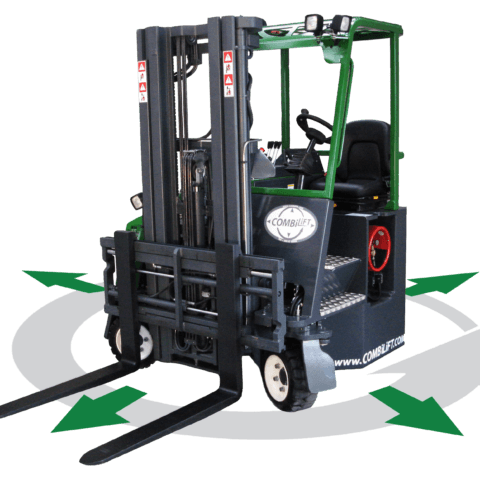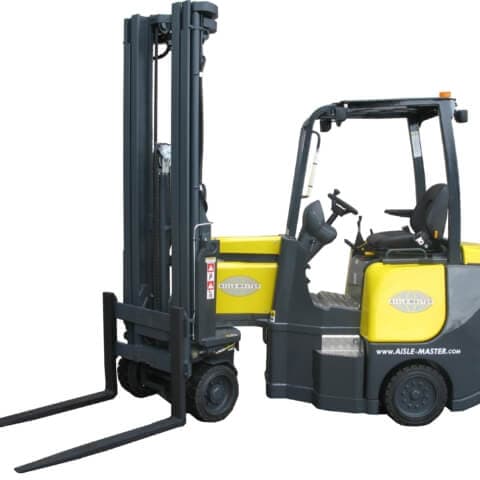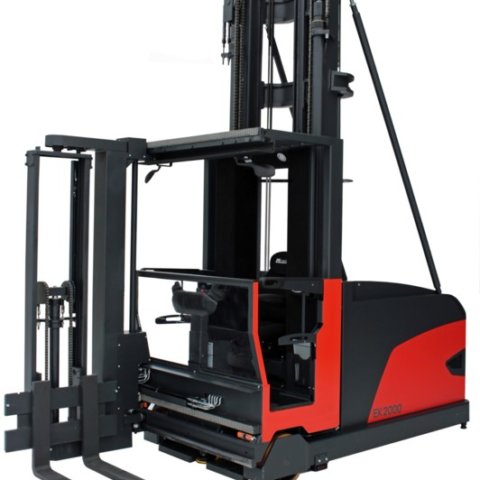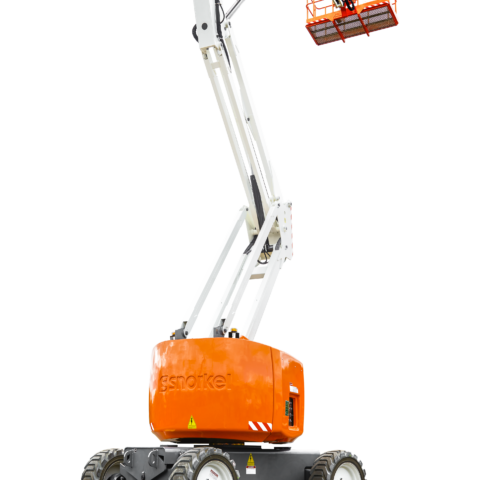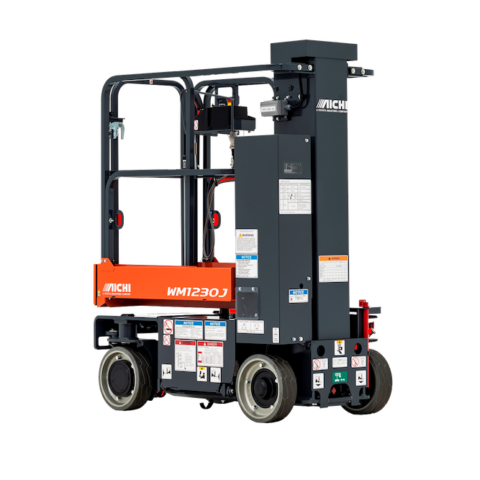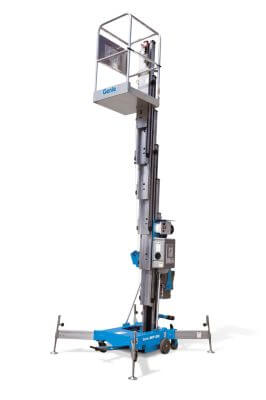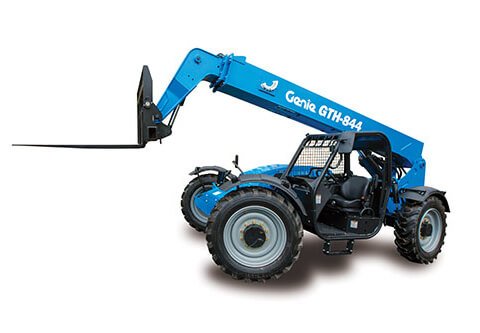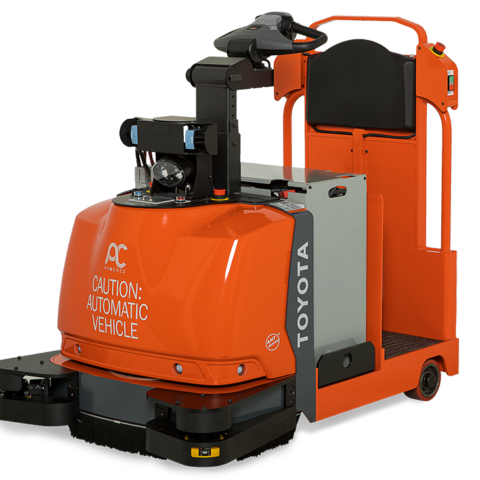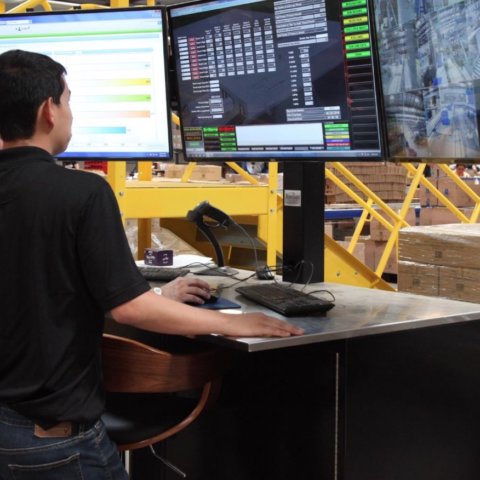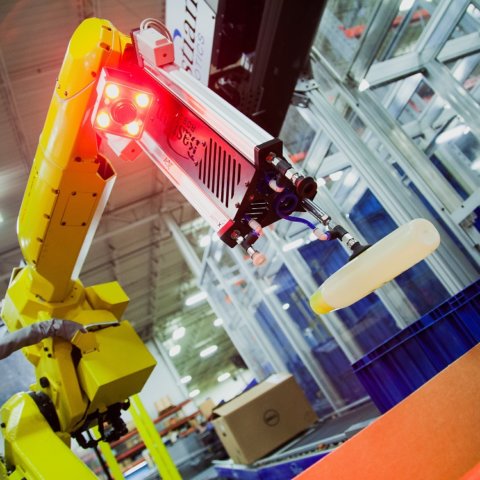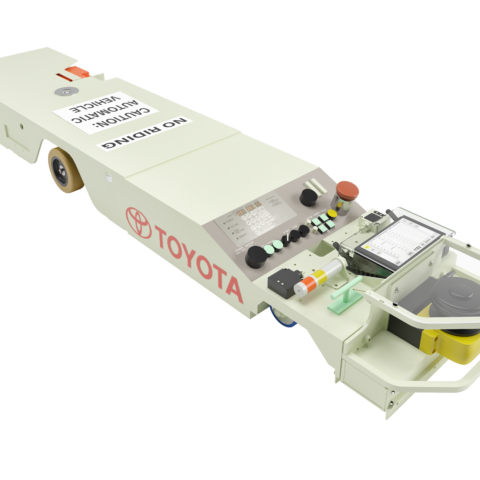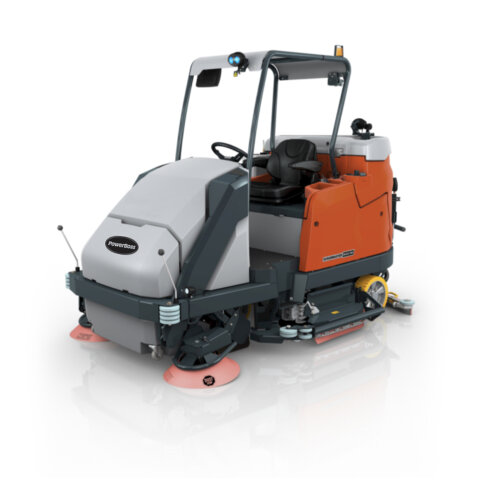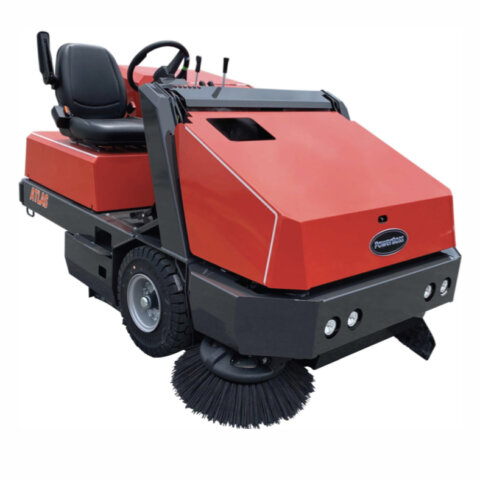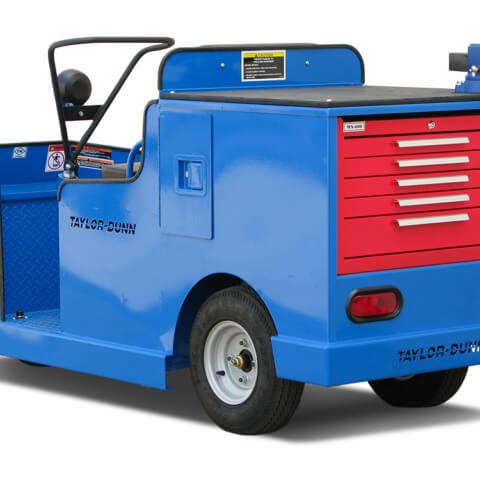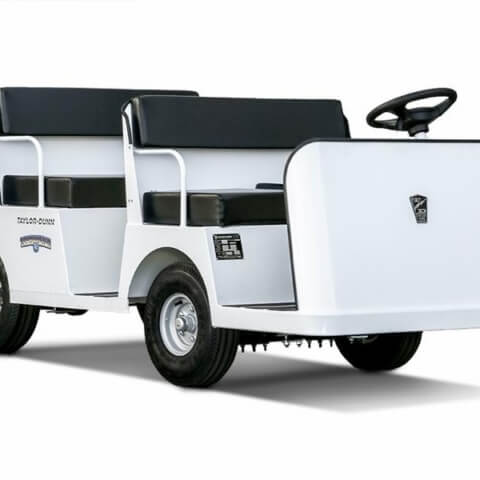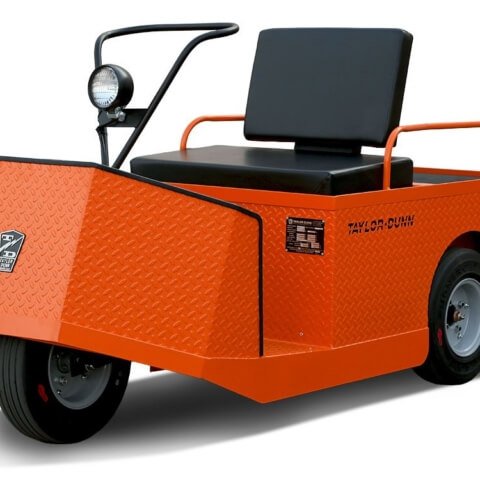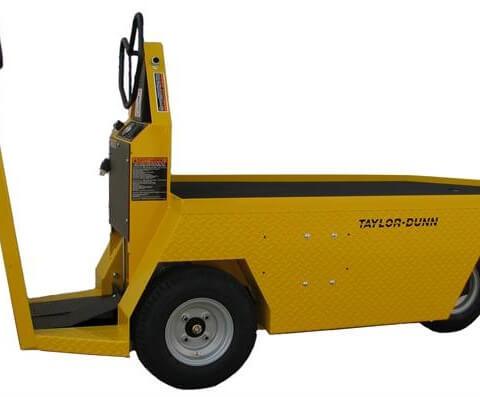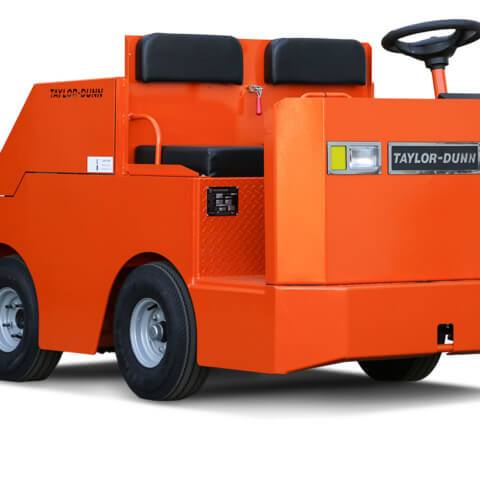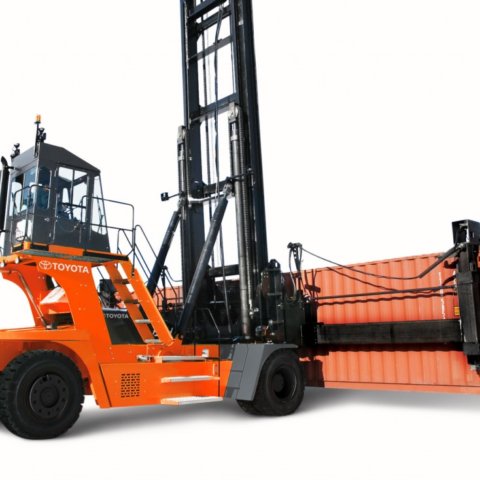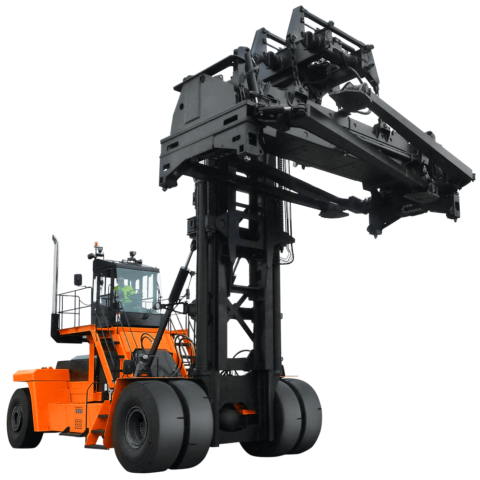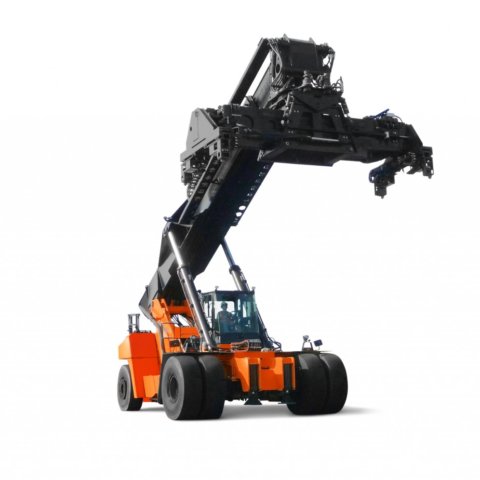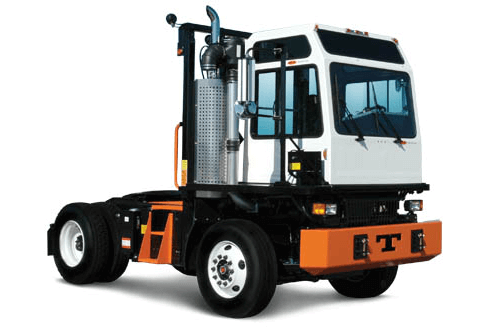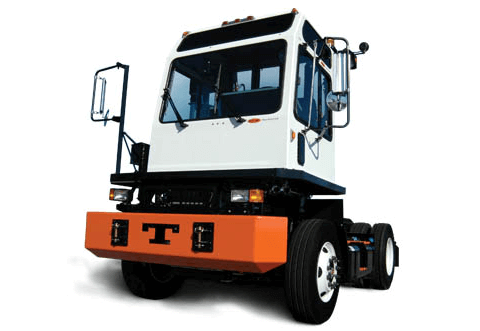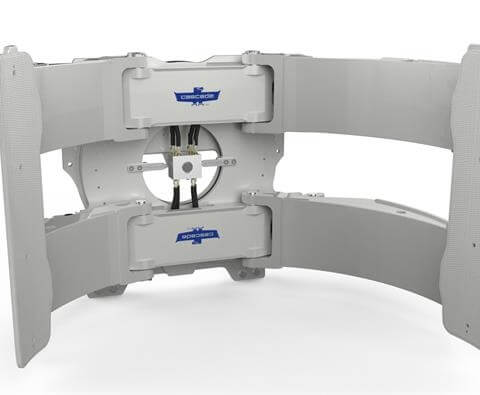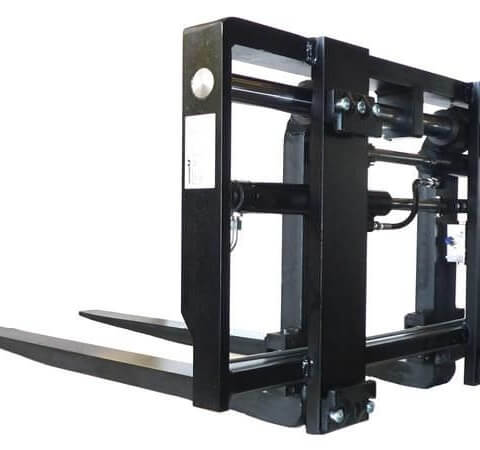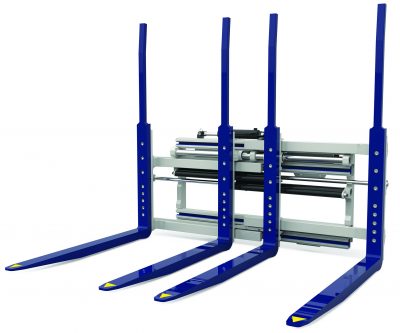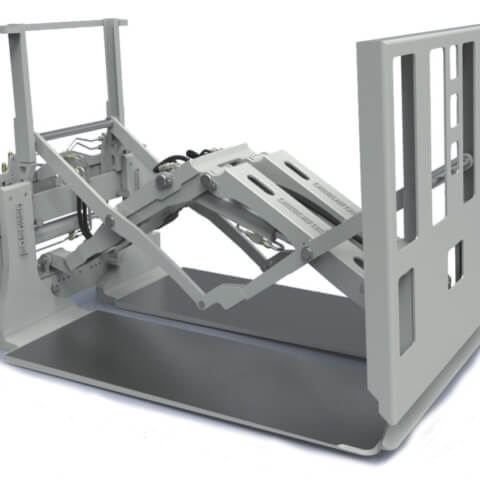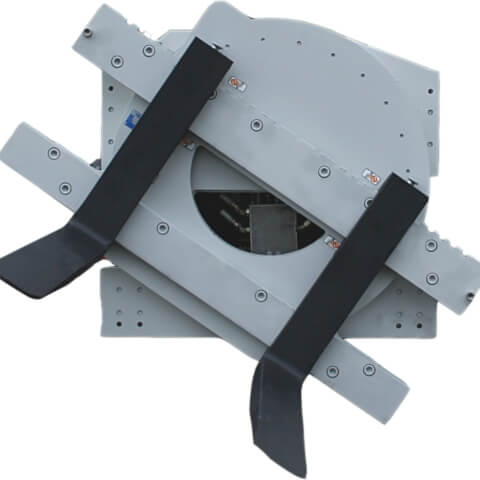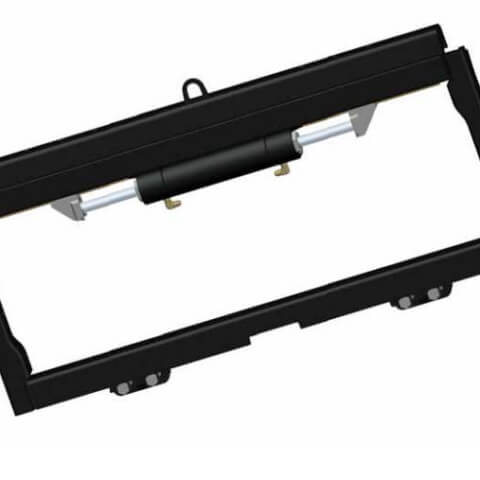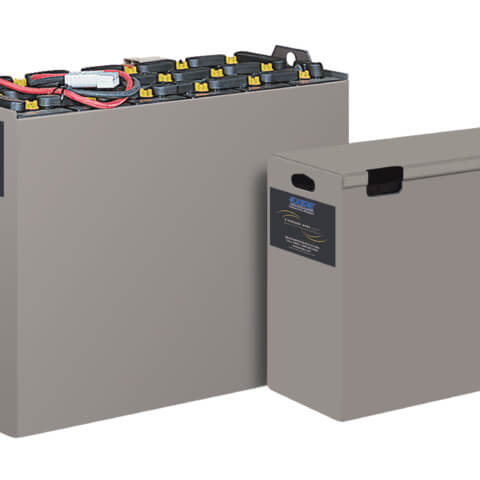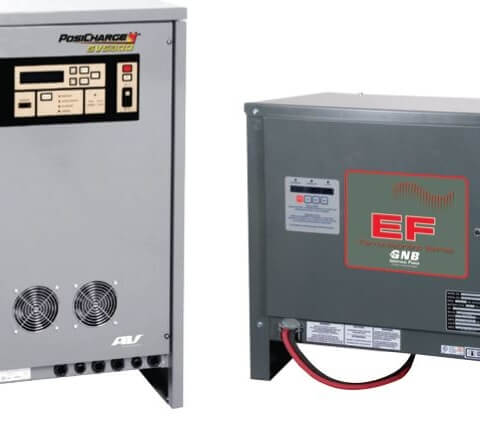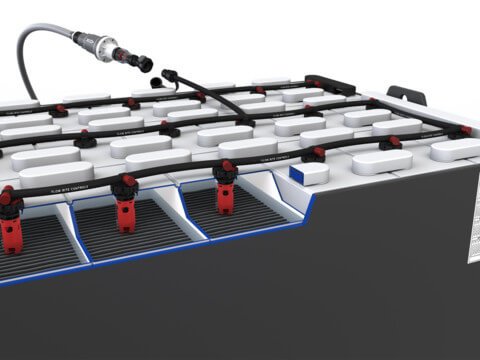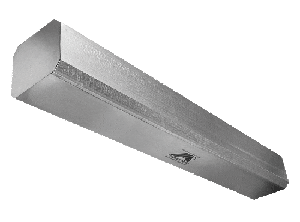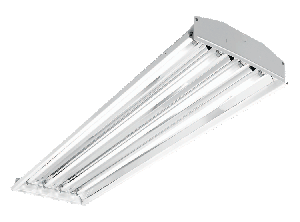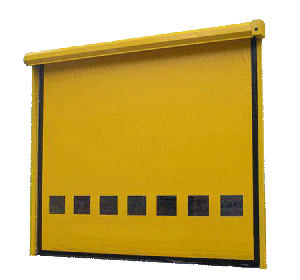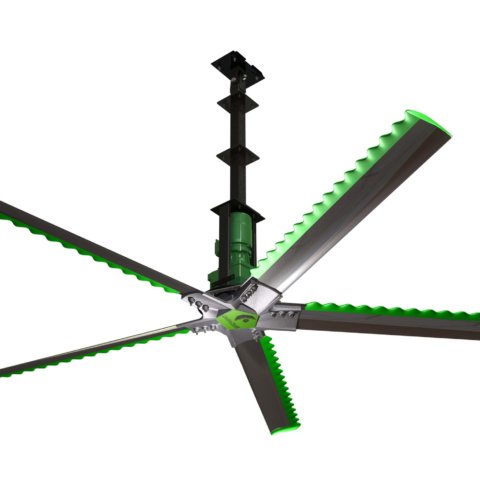Understanding the forklift load center is vital to an operator keeping the forklift and load stable. Keep in mind that forklifts typically weigh almost twice of their rated lift capacity. To protect operators and product, load center ratings are required on the forklift data plate.
To understand the concept of load center, visualize two children – one bigger, one smaller – on a playground seesaw. Because of their weight, the bigger child will control the seesaw; however, if the smaller child moves farther back on the seat and leans back, they will gain leverage and have more control. A counterbalance forklift is basically an industrial seesaw that can be driven. The forklift is the “bigger child” and the load is the “smaller child.”
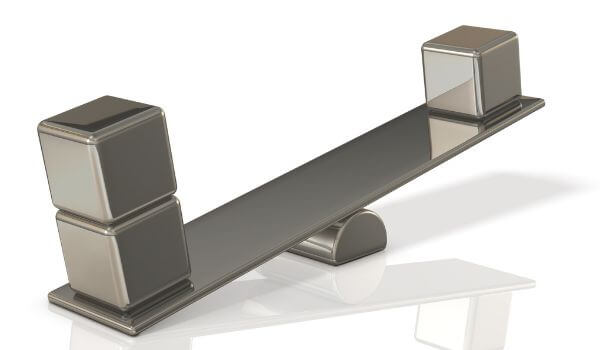
Forklift Load Center Dimensions
Forklifts are rated with both a Horizontal and Vertical Load Center. The Horizontal and Vertical Load Center will be listed as either 24, 36 or 48 inches as specified by the safety standard. The Horizontal Load Center is measured from the fork shank face towards the tip of the fork. The Vertical Load Center is measured from the blade face vertically up.
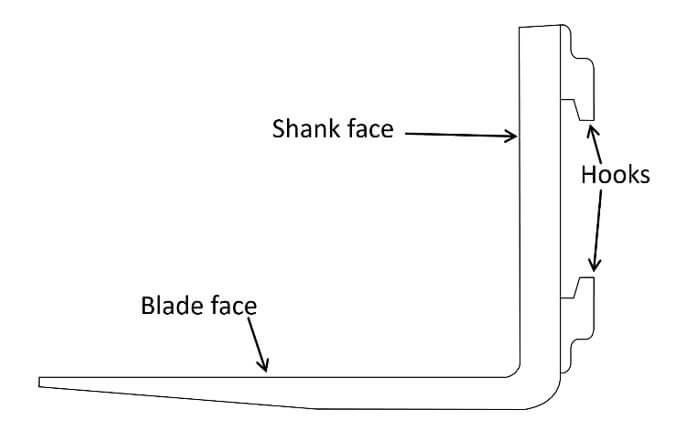
The 24 inch load center rating is most common in the United States because most pallets are 48 inches square or less. If you have a common 42 x 46 inch pallet with a 46 inch load height, and the operator fully engages the load from the 42 inch side of the pallet, that forklift has a 23 inch Horizontal Load Center and 23 inch Vertical Load Center. As long as that load weighs no more than the rated capacity of the truck it is well within safe handling parameters.
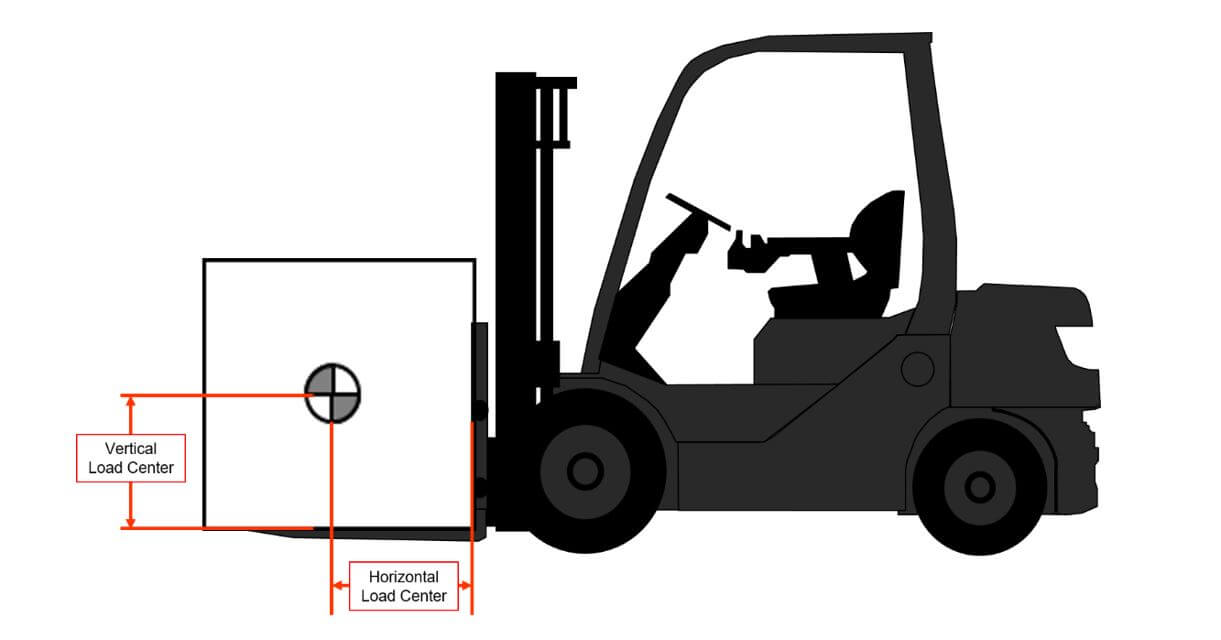
Forklift Data Plates for Larger Load Centers
If your operators are handling loads that have load centers larger than indicated on your forklift data plate, contact your forklift dealer to obtain a data plate that accurately reflects the dimensions of the loads. For example:
- You handle very light loads (i.e. 2,200 lbs) and your pallets measure 42 x 46 inches, but are 96 inches tall; An accurate data plate would reflect a capacity at a 48 inch Vertical Load Center.
- You put longer forks on the forklift to handle only one type of load; If the load is 12 ft long with a 72 inch load center, those dimensions have a devastating effect on the capacity of the forklift, which needs to be properly indicated on the data plate.
On the forklift data plate there is almost always a line drawing depicting the load center as in the picture below. This manufacturer details measurement “A” as the lift height or maximum fork height and measurement “B” as the load center.
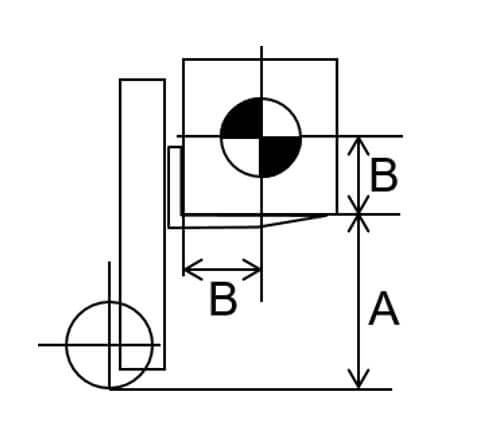
Training Operators on Forklift Load Center
When training operators on a forklift load center and stability, they must understand:
- When a load is larger than the standard, lifting it can have an adverse affect on stability.
- When load centers are extended, each fraction of an inch is giving the load more leverage to tip the forklift; it’s like giving the load a longer lever or extending the seesaw in the load’s favor.
Alternate Forklift Load Centers
Because every load is unique, each one must be evaluated individually by the operator; however, if loads outside of the standard are transported on a regular basis, a manufacturer can assist with providing an alternate load center rating for your application.
ProLift’s safety training courses review the concept of load center and a forklift’s stability triangle. Contact our Safety Specialist to schedule training or review available courses.

